Infrastructure & Technologies
Q&A: Transmission Line Inspection Using Robotics
Estimating Transmission Costs for New Generation Technologies
Infrastructure & Technologies

Smart Substations and Their Role in the Evolving Smart Grid
The power industry is undergoing a profound transformation driven by grid modernization, renewable integration, and increasing demands for resilience and efficiency. At the heart of this evolution lies the smart substation—a next-generation facility equipped with advanced sensors, digital communications, and real-time control technologies. These substations are foundational to the smart grid, serving as critical nodes that enable automated monitoring, faster fault response, and optimized power flow.
As utilities shift from analog to digital substations, the...
Related Articles
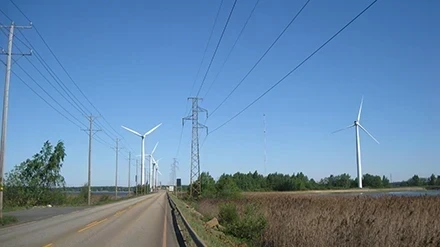
Estimating Transmission Costs for New Generation Technologies
Often when project developers talk about the cost of a new power plant, wind farm, or solar installation, they’re referring to the capital cost of building a facility. Certainly those development costs have dropped over time—especially for wind and solar. But developers overlook the...

Making the World More Sustainable
Smart grid is an idea of upgradation of the traditional electric grid infrastructure. The efficiency of the existing electrical grid can be automated by integrating with innovative technical equipment such as: high-tech forecasting system, digital sensors, advanced two-way communication...
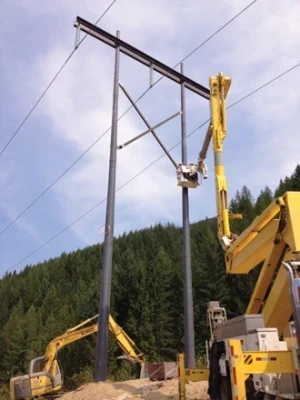
Fiber-Reinforced Composite Cross Arms for Transmission Structures
Fiber-reinforced polymers versus traditional cross arms materials BY JANOS TOTH & GRANT LOCKHART, FRP Transmission Innovations Inc. Recently, utilities have started using newer options such as component polyurethanes instead of older, widely used conventional materials. Specifically,...

Aging Cable Infrastructure
The 2014 Annual Energy Outlook Report compiled by the U.S. Energy Information Administration (EIA) forecasts that total electricity demand will grow by 29 percent (0.9 percent per year) by 2040. While growth has slowed in every decade since the 1950s, due in part to efficiency gains in appliance...

Smart Substations and Their Role in the Evolving Smart Grid
The power industry is undergoing a profound transformation driven by grid modernization, renewable integration, and increasing demands for resilience and efficiency. At the heart of this evolution lies the smart substation—a next-generation facility equipped with advanced sensors, digital...
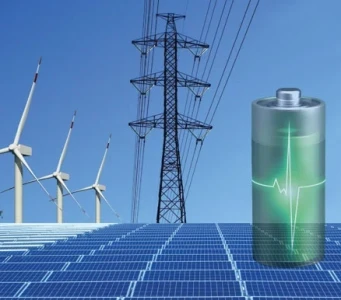
Duke Energy Florida Adds 300 MW with Four New Solar Projects
Duke Energy Florida has announced plans to build four new utility-scale solar energy facilities across the state, aimed at adding 300 megawatts (MW) of renewable energy to the grid. This expansion is part of the company’s broader strategy to increase its solar generation capacity and...
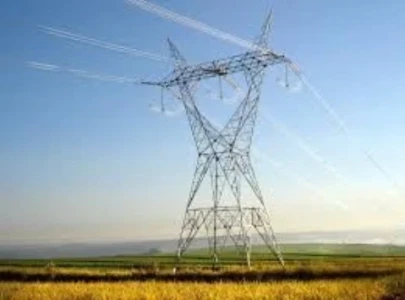
DOE Prioritizes Baseload Generation
In a strategic move to tackle the growing electricity demand and bolster energy security, the U.S. Department of Energy (DOE), under Secretary Chris Wright, has announced plans to focus on expanding baseload and dispatchable power generation. This shift in priorities, outlined on January 5, 2025,...
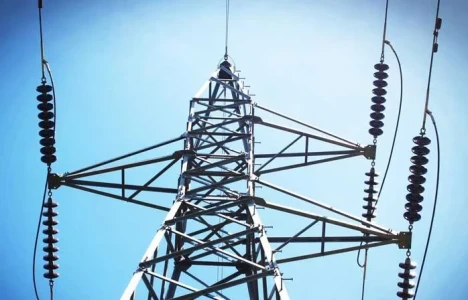
FERC Complaint Targets Duke, PJM Transmission Planning
A coalition of large energy consumers and ratepayer advocates has filed a complaint with the Federal Energy Regulatory Commission (FERC), urging the agency to prohibit transmission owners from independently planning "local" transmission projects exceeding 100 kilovolts (kV). The coalition argues...
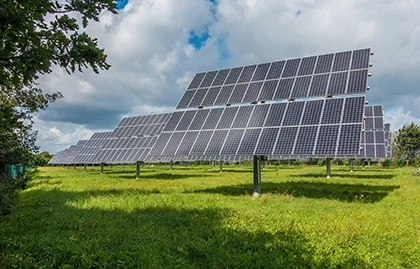
Virtual Power Plants (Vpp) And Smart Grids: Integrating Renewable Energy For A Sustainable Future
The rapid shift toward renewable energy resources (RERs) has placed significant demands on traditional power systems. To address these challenges, modern energy infrastructure is evolving into smart grids, leveraging advanced technologies like Virtual Power Plants (VPPs) to enhance grid...
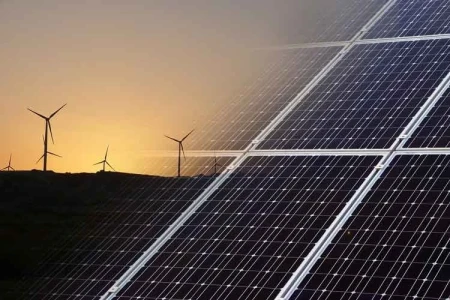
Louisiana Industries Push for Faster Renewable Energy Transition
Louisiana, known for its robust oil and gas industry, is experiencing a significant shift as some of its largest industries express frustration over delays in the state’s renewable energy transition. These major players are pushing for accelerated development and implementation of renewable...
